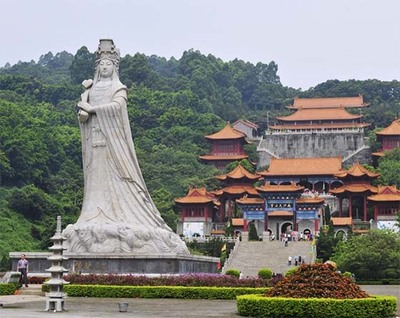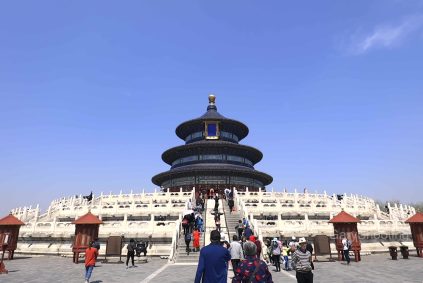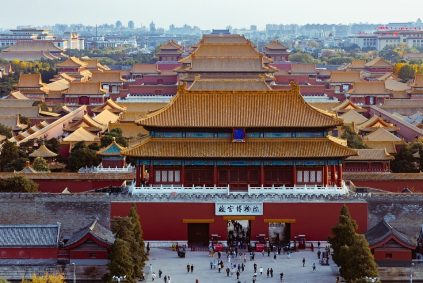A Profound Journey Through Guangzhou’s Historical and Cultural Landmarks
広州, a city with a history spanning over 2,200 年, serves as a vibrant gateway to China’s southern heritage. Beyond its modern skyline, the city preserves ancient temples, colonial-era architecture, and time-honored traditions. This guide explores three essential destinations that reveal the layers of Guangzhou’s cultural identity, offering travelers a chance to connect with its past.
Exploring the Spiritual Heart of Guangzhou: 陳氏祖霊殿
Built in the late 19th century, the Chen Clan Ancestral Hall stands as a masterpiece of Lingnan architecture, blending intricate wood carvings, colorful ceramic sculptures, and ornate stone reliefs. Originally constructed as a gathering place for Chen family members preparing for imperial exams, it now houses the Guangdong Folk Arts Museum. Visitors can wander through its 19 courtyards and halls, marveling at artifacts like traditional puppets, embroidery, and musical instruments. The hall’s roof decorations, featuring mythical creatures and floral motifs, reflect the artistic ingenuity of the Qing Dynasty.
The site’s historical significance extends beyond its aesthetics. During the Republican era, it served as a school and later a cultural hub, hosting exhibitions that promoted regional craftsmanship. 今日, it remains a symbol of communal unity and artistic preservation, inviting travelers to appreciate the craftsmanship of generations past.
Walking Through Time: The Ancient Path of Beijing Road
Beijing Road, one of China’s oldest continuously used commercial streets, traces its origins to the Tang Dynasty (618–907 AD). Once a bustling trade route connecting inland China to overseas markets, it now offers a living history lesson through its preserved architecture and hidden relics. Stroll along the pedestrianized avenue to admire Ming and Qing Dynasty shopfronts, their wooden facades and tiled roofs evoking a bygone era.
Beneath the modern pavement lies an archaeological treasure trove. Glass panels embedded in the ground reveal layers of ancient roadways, water channels, and foundations dating back 2,000 年. Nearby, the Millennium Ancient Avenue Museum displays artifacts unearthed during excavations, including porcelain shards and copper coins. This blend of above-ground charm and subterranean history makes Beijing Road a unique destination for understanding Guangzhou’s role as a commercial crossroads.
Sacred Waters and Timeless Rituals: The Temple of the Six Banyan Trees
に設立 537 AD, the Temple of the Six Banyan Trees is one of Guangzhou’s oldest and most revered Buddhist sites. Its name derives from six banyan trees planted by a monk in the 11th century, though only remnants of the originals remain. The temple’s centerpiece is the Flower Pagoda, an octagonal brick tower rising 57 meters high. Climb its eight floors for panoramic views of the city, noting the pagoda’s unique design: each level features progressively smaller eaves adorned with colorful glazed tiles.
The temple complex also includes the Grand Hall of the Great Sage, home to a 12-meter-tall statue of Guanyin, the Bodhisattva of Compassion. Surrounding the hall, lotus ponds and bonsai gardens create a serene atmosphere, while incense smoke curls through the air, carried by worshippers’ prayers. Throughout the year, the temple hosts festivals celebrating Buddha’s birthday and the Lunar New Year, offering visitors a glimpse into local religious customs.
Guangzhou’s historical sites are more than tourist attractions; they are living narratives of a city shaped by trade, spirituality, and community. By exploring these landmarks, travelers gain insight into the cultural forces that continue to define this dynamic metropolis.
















